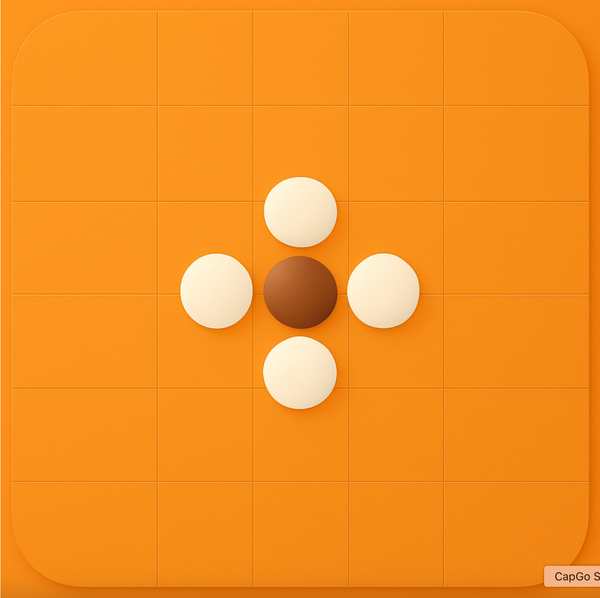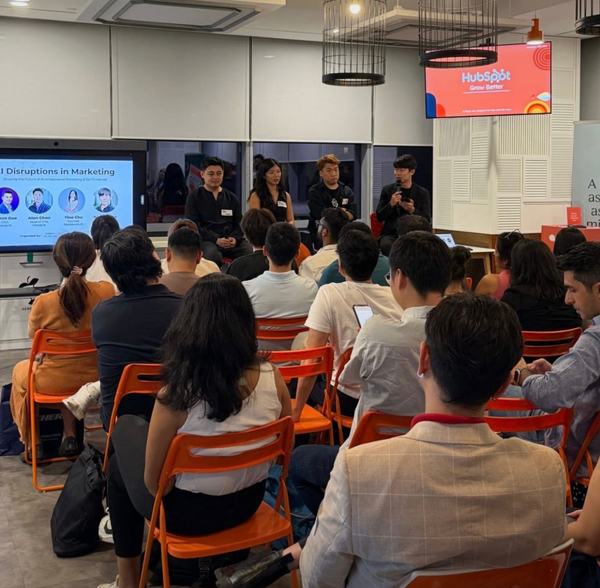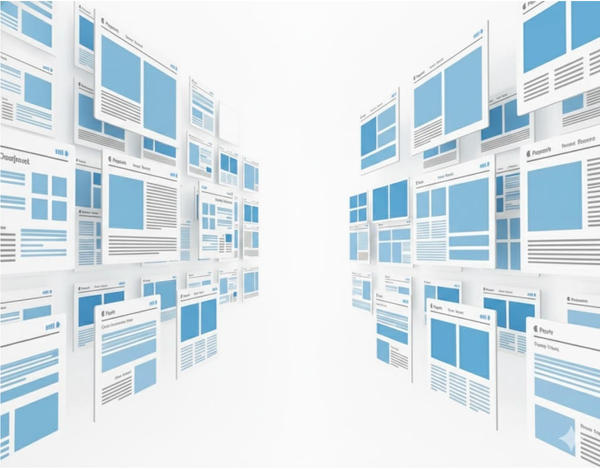Will programmatic SEO take longer to see effects than traditional SEO? An expert analysis

I have helped many software companies with programmatic SEO at CapGo.AI. Programmatic SEO can take longer to see effects compared to traditional SEO in many cases. Here are some reasons why:
1. Volume and Indexing
- Programmatic SEO involves creating a large number of pages (sometimes thousands or millions) based on data templates. Search engines need time to crawl, index, and evaluate these pages. If you create a significant volume of pages, indexing them all can take longer than with a handful of manually optimized pages in traditional SEO.
- Traditional SEO typically focuses on fewer pages with carefully curated content, which can be indexed and evaluated more quickly.
2. Content Quality Signals
- Traditional SEO often emphasizes high-quality, manually written content that quickly demonstrates value to users and search engines, potentially leading to faster ranking improvements.
- Programmatic SEO relies on automated or template-driven content, which may take longer to establish authority and trust, especially if search engines initially perceive it as low-quality or thin content.
3. Competition and Niche Saturation
- If the programmatic pages target long-tail keywords or underserved niches, they might rank faster because of lower competition. However, in highly competitive industries, it could take time to build authority across so many pages.
- Traditional SEO typically focuses on fewer, high-value keywords, which might show results more quickly if targeted effectively.
4. Technical Challenges
- Programmatic SEO often involves complex technical setups, including schema implementation, internal linking, and ensuring that large-scale page creation doesn’t lead to issues like duplicate content or crawl errors. Resolving these technical issues can delay results.
- Traditional SEO setups are usually less complex and may require fewer fixes to achieve initial visibility.
5. Search Engine Behavior
- Search engines tend to scrutinize large-scale content creation for quality and spam risks. This additional scrutiny can slow down the time it takes for programmatically created pages to rank effectively.
How to Speed Up Programmatic SEO Results:
- Prioritize Crawling and Indexing: Submit sitemaps, use structured data, and implement proper internal linking to help search engines navigate your site.
- Focus on Quality: Ensure that your templates produce unique, valuable, and high-quality content.
- Leverage Niche Keywords: Target long-tail, low-competition keywords to see quicker wins.
- Monitor and Iterate: Regularly audit and improve your programmatic pages based on performance and user engagement metrics.
In summary, while programmatic SEO can take longer to show effects, its scalability can lead to exponential results over time. The trade-off is initial patience versus long-term payoff. Traditional SEO might yield quicker wins for smaller projects or targeted keywords.
Use CapGo.AI to automate the whole process of pSEO
Steps:
- Go to CapGo.AI and input your business model and target audience
- AI agent will do everything for you: generate a list of 100+ titles, relevant keywords, titles, and blog content in bulk in our table
- Upload all the content to your blog site in one click!



